
Guide, Alon Cassidy, describes watching western lowland gorillas feeding on seasonal fruits in Odzala-Kokoua National Park, Republic of Congo:
August was a particularly fruitful month in Odzala in many ways. The western lowland gorilla groups living in the forest close to Ngaga could feast on seasonal landolphia and anonnidium fruits, and we enjoyed some wonderful sightings of these primates enjoying their seasonal treats.
Landolphia is medium-sized fruit which grows from a large vine. It’s quite rich and can be rather sour, but despite this, it is enjoyed by humans just as much as by our near relatives, the gorillas. Like all the best rewards, a little bit of work is required to enjoy it – you need to tear or cut through the fleshy skin and its rubbery latex to expose a cluster of pips in the centre; each of these is covered in a soft, fleshy and nutritious mesocarp.

The gorillas have perfected a technique that gets them to the good stuff in just three deft moves. They pluck the fruit from the vine, bite it open to reveal the juicy flesh, and enjoy. All of which means that during fruiting season, it’s unwise to stand under a landolphia vine as there may be a gorilla above you, contentedly discarding bits of fruit rind.
The typical diet of western lowland gorillas in Odzala contains a lot of fruit (in the right season). The availability of fruits determines their movements, and in fruiting seasons they can cover a lot of ground as they visit and revisit favourite trees and vines.
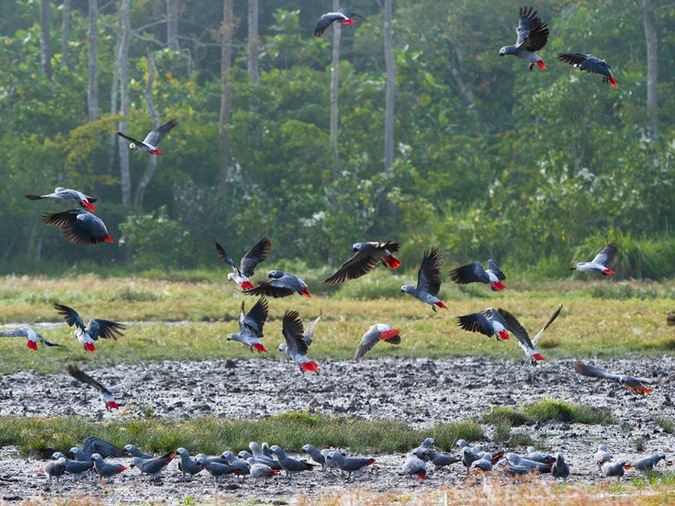
When one of our expert local trackers says that we need to pick up our pace to be in the right place at the right time, you know he means that there’s going to be a show. Western lowland gorillas are far more arboreal than their mountain cousins, and fruiting season means more opportunities for viewing them above the level of the dense undergrowth.
Taking photographs of gorillas in trees can be challenging, however, as you’ll often be shooting against the bright sunlight piercing the rainforest canopy.
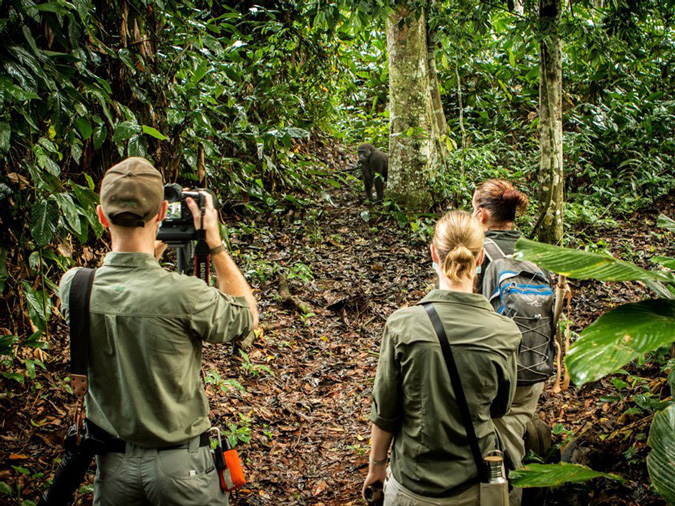
One particularly memorable recent sighting involved the habituated gorilla group led by the large and powerful silverback, Jupiter. They were seen making nests near the landolphia vines, and we set off on a brisk walk with Gaben, one of our experienced trackers. He motioned to us that we should wait as the gorillas were on their way.
His prediction was uncannily accurate – just five minutes later, Jupiter’s group began to climb the vines in search of fruit. Standing spellbound with our two guests, we watched as eight gorillas plucked fruits from the vines that straddled the canopy. Jupiter himself chose not to climb, preferring to wait at the base of the trees and collect any fruit that fell. However, all he seemed to find were rinds, and he had to resort to eating marantaceae leaves instead.
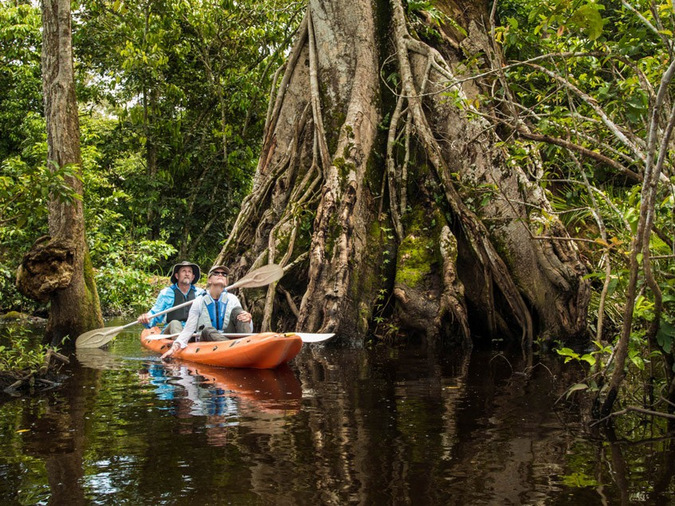
The second key fruit at this time is the large anonnidium (or obei) which grows on a medium-sized tree. The obei slightly resembles a pineapple, and can grow to around 40cm in length. It’s popular with the guides, but it can be a challenge for them to find a ripe one that the gorillas have not gotten to first.
Watching Neptuno’s group eat obei fruits gave us important clues as to the hierarchy within his group, as the gorillas which get the biggest and best pieces tend to be the ones which are higher up in the pecking order.
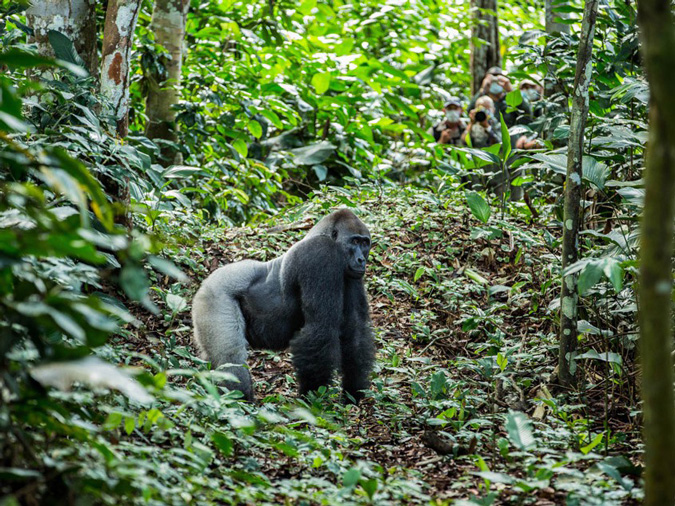
We observed one youngster climb up into the obei tree as if to assure himself of first choice of the ripe fruits, but he then seemed to deliberately drop several them in the direction of the silverback, Neptuno.
This seemed to satisfy Neptuno, and he soon had morsels of bright yellow fruit stuck to his face as he enjoyed the obei that the youngster had gathered for him.
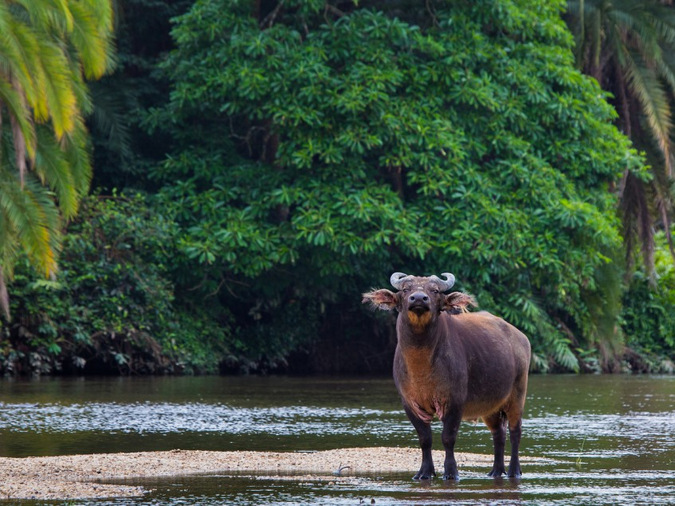
Embark on our safari trip into the heart of Odzala-Kokoua National Park to track western lowland gorillas and experience the magic of the Congolese rainforest.
To comment on this story: Login (or sign up) to our app here - it's a troll-free safe place 🙂.![]()






